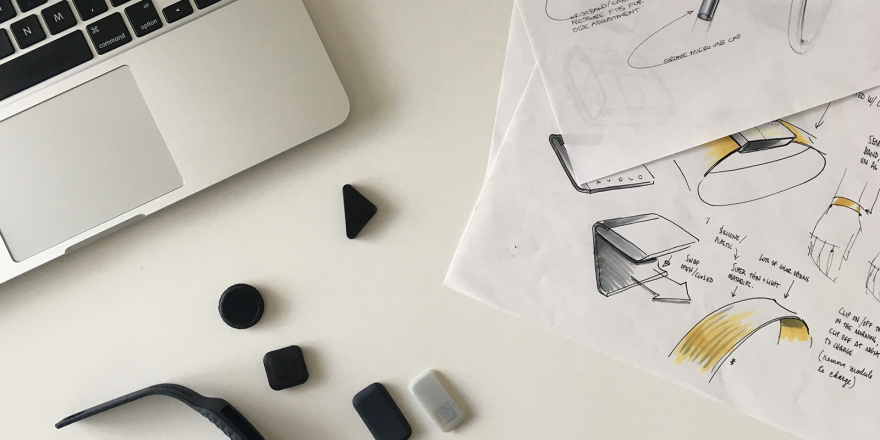– Sponsored Post –
Every product starts as an aspirational vision for how the finished result should look, feel, and function in the consumer’s hands. However, the design process to transform ideas into mass manufacturable products is a road paved by technical reality and practical compromise. Mitigating risk before investing in mass manufacturing is a crucial step in ensuring market success.
Listen beautiful relax classics on our Youtube channel.

PROTOTYPE => FEEDBACK => TWEAK
Because the market is so highly competitive, products can be considered obsolete before they even reach their consumers. It is no longer enough for a product to be good—products must be excellent and be crafted specifically to meet customer needs and expectations.
Desktop 3D printing and creating photorealistic renderings only get us so close to experiencing the real thing. In order to truly measure and learn, we need to build.
 Prototype sample run to test final fit, feel, and finish.
Prototype sample run to test final fit, feel, and finish. Adopting a lean development philosophy demands prototyping and testing earlier and more frequently throughout the design process. Prototyping regularly and with progressively higher fidelity allows designers to focus on key features, validate assumptions, and evolve into the final version. Decisions are now supported through testing and data and no longer rooted in mere assumption. The result: greater end-user satisfaction and long-term risk reduction.
 Low volume, high resolution vacuum castings for collecting user feedback.
Low volume, high resolution vacuum castings for collecting user feedback. LOW VOLUME, BIG RETURN
Between prototyping and mass manufacturing, there is one additional bridge to cross—you still need to experience the final product before going to full scale production, and that is where low volume manufacturing comes in. While investing in low volume manufacturing requires additional upfront capital, its real value is in the money you’ll save by mitigating long-term risk before you invest in expensive tooling costs.
Iterating through low volume production reduces your long-term risk by:
-Validating usability and aesthetic decisions by presenting the product to your target audience
-Gauging consumer interest by showcasing beta-products to retailers and/or trade shows
-Generating community interest by fulfilling beta orders through crowdfunding platforms prior to mass manufacturing
-Increasing stakeholder confidence and/or pitch investors to secure additional funding
-Refining important features or implementing changes before investing in tooling costs
 (left) ABS with soft-touch finish. (middle) 5-Axis precision stainless steel part. (right) Optically clear polycarbonate lens.
(left) ABS with soft-touch finish. (middle) 5-Axis precision stainless steel part. (right) Optically clear polycarbonate lens. A BETTER WAY TO MAKE BETTER THINGS
“We can’t do that,” or “Yes, but it’ll be expensive,” —phrases frequently heard from shops that claim to do low volume production.
In response, the founders at Firsthand Fab decided to create a shop that bridged the gap between design thinking and manufacturing. As a team of product designers and engineers themselves, Firsthand Fab recognizes the value of prototyping and low volume production as part of the process from vision to full scale manufacturing and have worked to develop techniques that allow for reasonably priced, low volume parts and products.
Partnering with Firsthand Fab means:
-Open dialogue about your end goals
-Help navigating fabrication options
-Collaborative and responsive communication
-Wide variety of processes and finishing options
-Seriously competitive pricing
Listen beautiful relax classics on our Youtube channel.
Find out how Firsthand Fab can help you with prototypes, appearance models, functional parts or low volume production here.
Source: core77